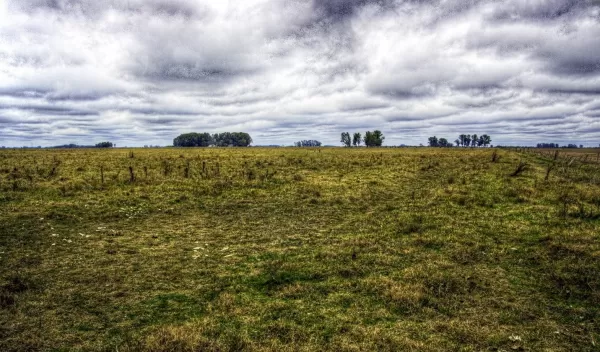
Six million years ago, atmospheric shifts led to increased diversity of grassland mammals
Six million years ago, grass-eating mammals became more diverse in South America. Shifts in tropical atmospheric circulation known as Hadley circulation led to changes in climate and vegetation, especially grasses, which expanded the mammals' range, according to geoscientists Barbara Carrapa of the University of Arizona, Mark Clementz of the University of Wyoming and Ran Feng of the University of Connecticut at Storrs, co-authors of a paper published in Proceedings of the National Academy of Sciences.
The scientists used a computer model to compare predictions of past climate with the record of rainfall and vegetation in ancient soils. South America's climate became drier, subtropical grasslands expanded and the number of mammal species that depended on grasses increased.
The results offer a new understanding of a time when ecosystems much like today's evolved.
The study, which took place in and around South America's Andes Mountains, showed that the mountains did not play a role in the ancient climate change and vegetation shift. The results offer a different perspective from the prevailing view that high mountains are often responsible for altering atmospheric circulation.
"This research demonstrates that an important climate change event was driven by atmospheric circulation," says Dennis Geist, a program director in NSF's Division of Earth Sciences, which funded the research. "Mountains can change the circulation of our atmosphere and in turn lead to a changing climate, but in this case, the Andes didn't have a major part."


